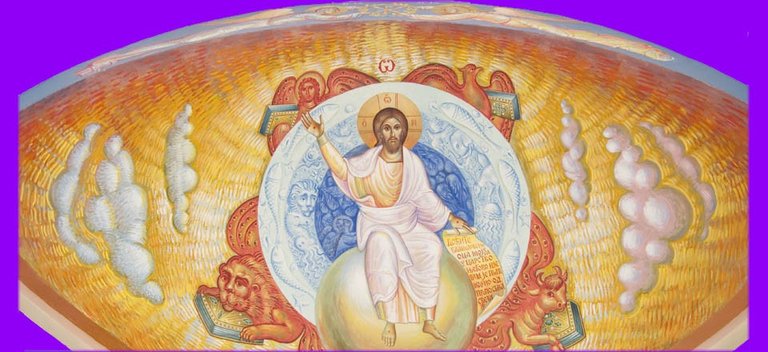
In this part, we will lay out inviolable conditions under which Christian symbolism can't lapse into natural, pagan symbolism. These conditions are as follows:
No symbolism can be based on any form of correspondence between created and uncreated characteristics. Nor is the intelligible or rational world able to symbolize or provide an image of the invisible God. Only what the Son of God has freely chosen as a means of bridging the gap between created and uncreated is able to become a means of symbolism. And this choice on the part of Christ should not be interpreted or understood as dependent on properties of the created, because then it would not be free.
Since no symbolism can be based on natural properties but only on personal freedom, all symbolism in the Church is based on historical events, because historical events alone are realities of personal freedom.
Given that all historical events receive their meaning not from the past but from the future, the ultimate source of every symbolism is the eschatological event, the Kingdom of God. Each symbol is justified only to the extent that it images the eschatological reality. This is were the truth of the symbol is to be found: not in the nature of the materials used, nor simply in reference back to events of the past, but in the participation of the symbol in eschatological reality.
The Resurrection of the Christ marks the point in which we can see the created and uncreated coming together. Meals that Christ's disciples eat with the risen Christ are first Liturgies, and they give meaning to Mystical Supper itself, being echatological, not just historical events. The same goes for Resurrection, which gets it's basis and confirmation from Eschaton. Last resurrection gives dignity and basis for the first one (apostle Paul). This means that since Resurrection, the symbolism no longer moves between natural and intelligible worlds or simply between events of the Old and New Testaments, but principally between the Resurrection and the Second Coming of Christ.
This distinctive difference is what is known in the Church history as either typological or iconological view. We should adress this questions in the next part of our examination.